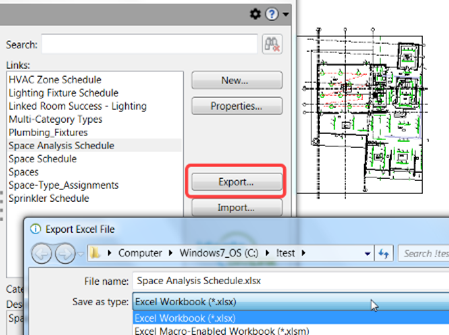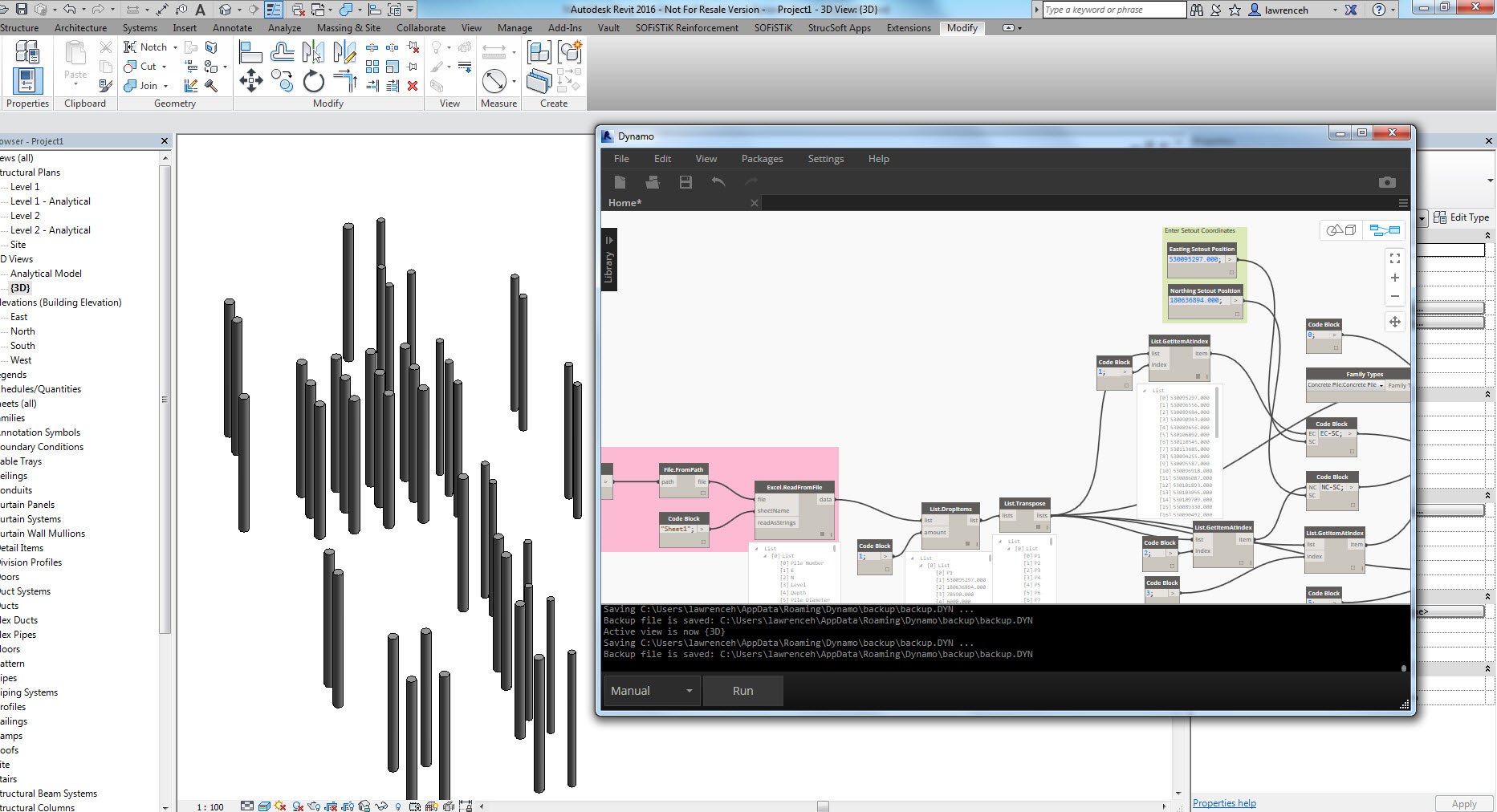Revit Tools: Your Secret to Precision and Performance
Wiki Article
Breaking Barriers: Excel Importation Techniques for Advanced Revit Users
Explore numerous information importation approaches and master Excel combination to improve your Revit modeling capabilities. With our ideas and methods, you can get over importation obstacles and come to be a true expert in utilizing Excel for your Revit jobs.Advanced Revit Users: Leveraging Excel for Importation
You can conveniently take advantage of Excel for importation as an advanced Revit customer. Excel is an effective device that can significantly enhance your process and efficiency in Revit. With its ability to deal with large quantities of information and do complex computations, Excel can be a beneficial asset in managing and arranging your task information.One way to leverage Excel for importation is by utilizing the "Link Excel" function in Revit. This feature permits you to link an Excel spread sheet straight right into your Revit job, enabling you to upgrade and integrate information in between both programs. This can be particularly useful when taking care of schedules or tracking adjustments in your task.
One more means to utilize Excel is by utilizing the "Import/Export" attribute in Revit. This feature permits you to import and export data between Revit and Excel, giving you the flexibility to collaborate with information in both programs. You can import information from Excel into Revit to develop elements such as doors, spaces, or walls, and you can likewise export data from Revit to Excel for more evaluation or coverage.

Exploring Data Importation Methods in Revit Utilizing Excel
Discovering how to import information from Excel into Revit provides effective methods for incorporating info. When you import data from Excel, you can effortlessly move information such as space schedules, product listings, and devices data right into your Revit job. This procedure permits you to conserve effort and time by preventing manual data access.To import information from Excel right into Revit, you can make use of the "Import/Export" feature. This function allows you to map the Excel information areas to the equivalent Revit parameters, guaranteeing that the details is correctly designated within the model. By choosing the ideal import options, you can control just how the data is imported and how it connects with your job.
Another approach for importing data from Excel right into Revit is by making use of Eager beaver. With Eager beaver, you can produce customized manuscripts that import information from Excel and adjust it within your Revit job.
Understanding Excel Integration for Advanced Revit Modeling
Mastering Excel integration for sophisticated Revit modeling includes utilizing efficient approaches to effortlessly transfer data and automate jobs within your project. By harnessing the power of Excel, you can improve your Revit modeling operations and conserve valuable time. One vital strategy is importing data from Excel spreadsheets directly right into your Revit model. This allows you to populate parameters, such as area names or product quantities, easily. With a few basic steps, you can map the Excel columns to the equivalent Revit criteria and import the information properly.Another beneficial method is exporting data from Revit to Excel. This allows you to extract details from your model, such as routines or product amounts, and evaluate it in Excel using solutions, charts, or other powerful tools. By leveraging the capabilities of Excel, import excel into revit you can execute complex calculations, produce custom-made records, and gain valuable understandings right into your project.
In enhancement to data transfer, Excel combination can automate repeated jobs in Revit. By producing macros or manuscripts in Excel, you can automate procedures like creating views, creating sheets, or applying common households - revit plugins. This not just conserves time yet also guarantees consistency across your project
To understand Excel integration in Revit, it is crucial to recognize the data framework and how Revit communicates with Excel. By acquainting on your own with the readily available tools and methods, you can open the complete possibility of Excel assimilation and take your Revit modeling to the following degree.
Overcoming Importation Challenges: Excel Techniques for Revit Specialists
When conquering importation challenges, it's important to be acquainted with efficient Excel techniques that can benefit professionals in Revit. As a sophisticated Revit user, you understand the value of flawlessly importing information from Excel into your projects.
One more valuable technique is utilizing the "Transpose" feature in Excel. This enables you to convert information from rows to columns or the other way around. When importing data into Revit, this can be especially valuable when you have information in a vertical format in Excel, however you require it to be in a horizontal format in Revit.
In addition, using Excel formulas such as VLOOKUP and INDEX-MATCH can significantly help in mapping information from Excel to Revit. These solutions allow you to browse for details worths in Excel and obtain equivalent information from another column. When importing huge datasets right into Revit., this can conserve you time and initiative.
Excel Data Importation Idea for Advanced Revit Users
By acquainting yourself with efficient Excel pointers and techniques, you can boost your data importation process as a sophisticated customer of Revit. Excel is a powerful tool that can significantly help with the importation of data right into Revit, saving you time and raising your productivity. One useful tip is to utilize the "Text to Columns" attribute in Excel to divide data into different columns based upon a delimiter. When you have information in a single column that requires to be divided into numerous columns in Revit, this can be specifically helpful. In addition, using Excel's "Paste Special" feature allows you to paste data from Excel into Revit while keeping formatting, such as cell shade or font design. When importing information that requires details formatting in Revit, this can be particularly beneficial. One more useful technique is to make use of Excel's "Discover and Change" feature to promptly make adjustments to your information before importing it right into Revit. You can quickly replace particular message or personalities with others, conserving you the time and initiative of by hand editing and enhancing the data in Revit. By using these Excel tricks and ideas, you can enhance your data importation procedure and end up being a lot more efficient being used Revit.
Final Thought
You have now learned important techniques for importing data from Excel right into Revit as an advanced user. Go ahead, break those obstacles and succeed in your Revit jobs!
When importing information into Revit, this can be especially handy when you have data in an upright layout in Excel, but you require it to be in a straight style in Revit.
Moreover, using Excel solutions such as VLOOKUP and INDEX-MATCH can greatly assist in mapping information from Excel to Revit. Additionally, making use of Excel's "Paste Special" function allows you to paste data from Excel right into Revit while maintaining format, such as cell shade or font design.
Report this wiki page